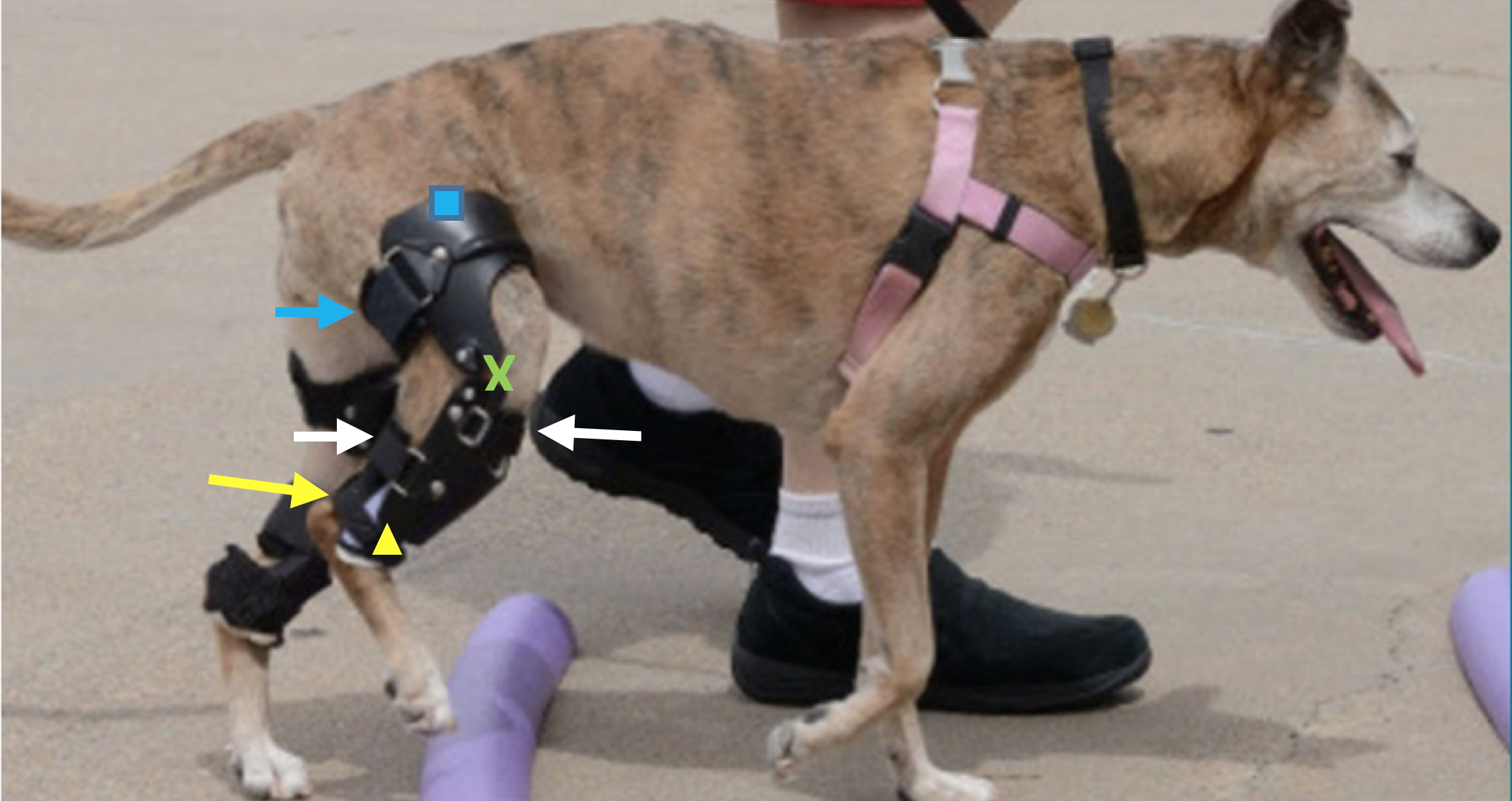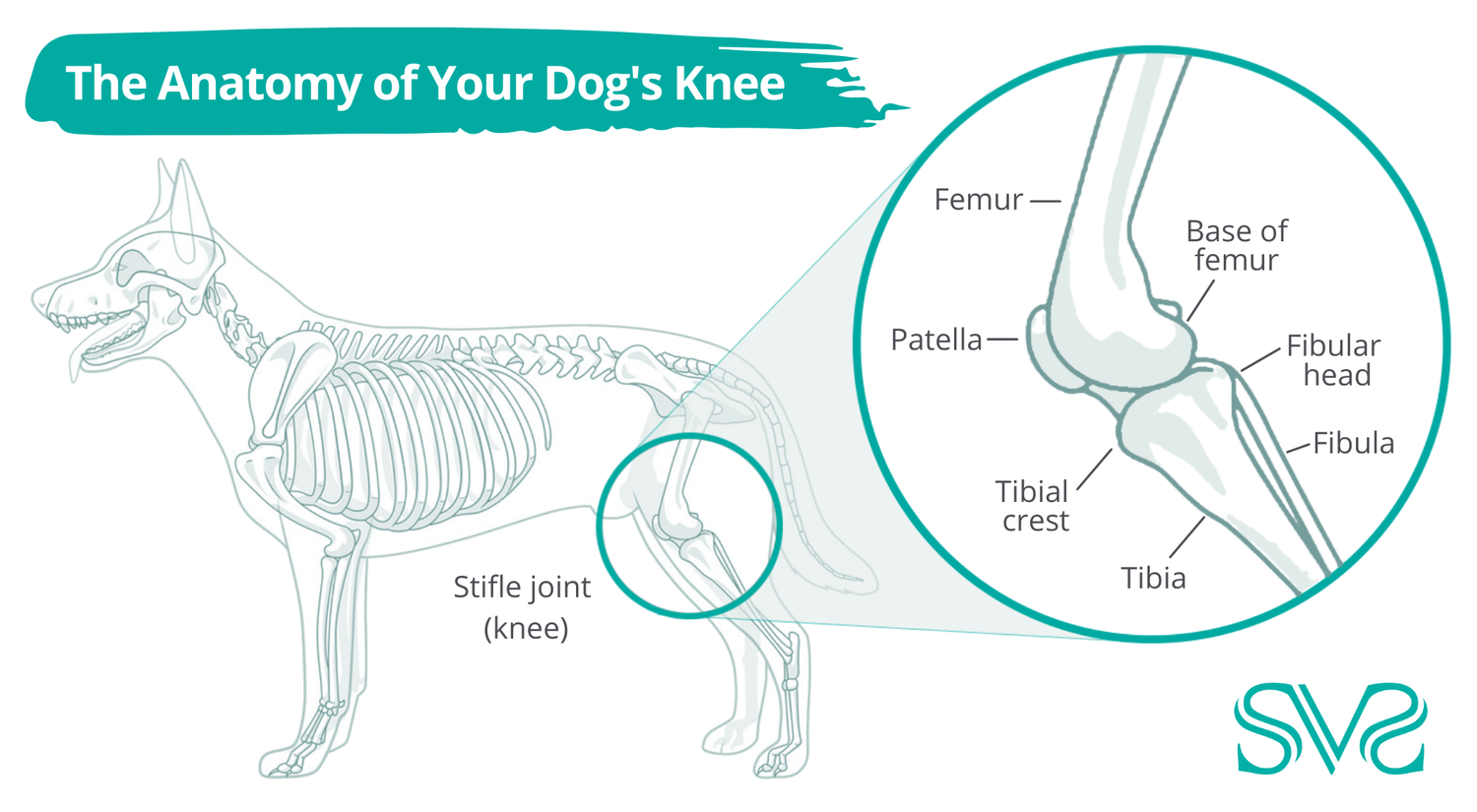Okay, so we’re talking dog stifles today. Not something I ever thought much about until my own dog started acting funny.

It all kicked off a few months back. I noticed Max, my goofy Lab mix, was limping a bit after chasing squirrels in the yard. Just favoring his back right leg. At first, I figured he just pulled something, you know? Dogs do that. Give him a day or two, he’ll walk it off.
Well, he didn’t walk it off. It wasn’t awful, but it was there. He wasn’t keen on jumping onto the sofa anymore, which is weird for him. He’d kinda hesitate. Then I saw him do this weird little leg flick sometimes when he stood up. That back leg would sort of skip a step.
Getting it Checked Out
So, off to the vet we went. I explained what I saw. The vet started feeling around his back leg, bending and extending it. Focused right on that knee joint – the stifle, she called it. Max yelped a bit when she did a specific movement, the ‘drawer test’ thing, she said. Not good.
She suspected it might be his cruciate ligament, kinda like an ACL tear in people. Happens a lot, apparently. Especially in active dogs. She said we needed X-rays to be sure and check for other stuff like arthritis setting in.
The X-rays confirmed it. Partially torn ligament. Great. The vet laid out the options:

- Surgery: The most common fix, especially for bigger dogs like Max. Different types, TPLO was mentioned. Big deal, expensive, long recovery.
- Conservative management: Basically, strict rest, anti-inflammatories, weight management, and maybe physical therapy down the line. Less guarantee of full recovery, higher chance of arthritis later.
What We Did Next
Man, that was a tough call. Surgery sounded scary and costly. We decided to try the conservative route first, hoping the partial tear might scar up enough with serious rest. And I mean serious rest.
This was the hard part. For eight weeks, basically:
- No running, jumping, or rough play. Zero.
- Leash walks only, just long enough to pee and poop. Short, slow walks.
- Had to carry him up and down the few steps we have. He’s not exactly light.
- Kept him confined to a small area when we couldn’t watch him directly.
- Pain meds and anti-inflammatories every day.
It was a real pain, honestly. Keeping an active dog that quiet felt like mission impossible sometimes. He looked so bored and sad. We did lots of puzzle toys and chew things to keep his brain busy, at least.
Slowly, very slowly, we started seeing some improvement. The limp got less noticeable. After the eight weeks, the vet checked him again. Still some instability, but better. She gave us some gentle range-of-motion exercises to start doing at home.

Where We Are Now
So, months later, where are we? Max is doing okay. He’s not 100% back to his old self. He still gets a bit stiff sometimes, especially after lying down for a while. We keep his walks controlled, no more crazy squirrel chasing marathons. We’re super careful about his weight now too, keeping him lean helps the joint.
Surgery might still be in his future if things worsen or the arthritis gets bad, but for now, this managed approach is working for us. It’s an ongoing thing, always watching how he moves, managing his activity.
Learned a lot about dog anatomy I never expected to know. That stifle joint is complicated! And keeping a dog on strict rest? Way harder than it sounds.
